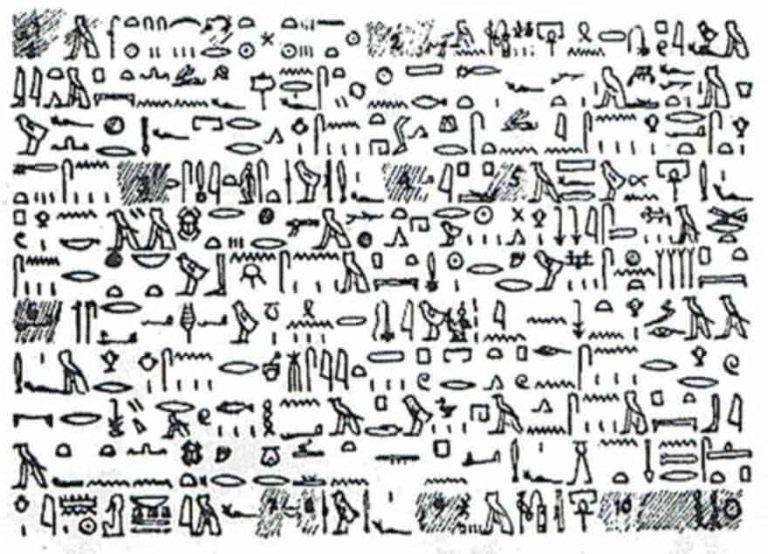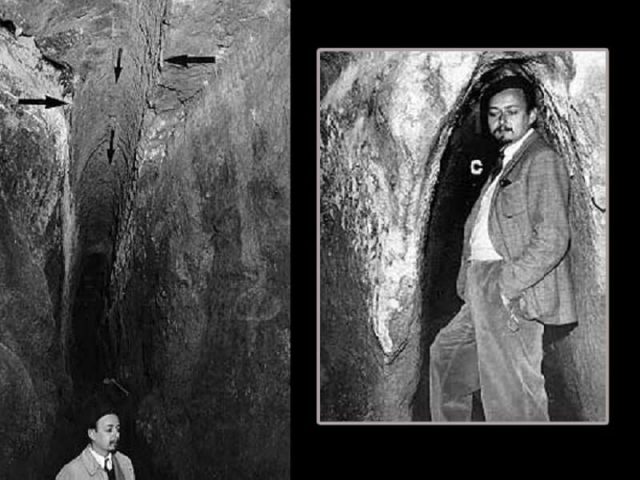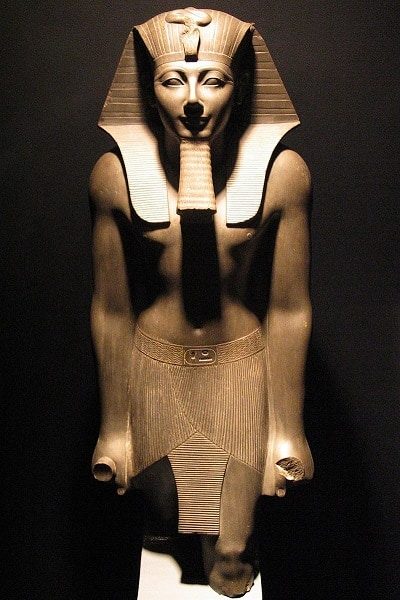There is no specific date when the first UFO sighting occurred on Earth. Many ancient murals can show flying objects and space travelers. Egypt is considered the most mysterious historical site due to its huge pyramids, ancient origins, culture and writing. The so-called “Tulli Papyrus” is believed to be the first evidence of an ancient flying saucer or UFO.

This mysterious text somehow describes the first written account of a major UFO encounter that occurred in ancient Egypt around 1480 BC. Ancient texts speak of high-speed flying machines that lit up the skies of Egypt before disappearing into space. During the 18th Dynasty, Egypt was at the height of its power. With the birth of the New Kingdom, Egypt was reborn, bringing an advanced new official appointment system to the regime. The new dynasty is also known as the Thutmosid dynasty for four pharaohs named Thutmose. The Tulli Papyrus describes massive UFO sightings that occurred during the reign of Thutmose III, who ordered his scribes to write down the incident on a papyrus after witnessing it himself.

Although the text is centuries old, it first made headlines in the 1930s. A piece of ancient papyrus was seen in an antiques shop dating back to 1480 BC. Since the artifact was too expensive for him, he made a copy of the original and replaced the original hieratic script with hieroglyphs.
Tulli’s ancient papyrus version allowed skeptics to challenge its authenticity, but it still managed to spread among fans of ancient astronaut theorists and UFO researchers. . Text has been translated twice:
by the Italian aristocratic Prince Boris de Rachewiltz and by the anthropologist R. Cedric Leonard.
Rachewiltz was the first to claim that the papyrus was part of the Chronicle of Thutmose III. Its translation is as follows:
“In the year 22, of the third month of winter, the sixth hour of the day among the scribes of the House of Life it was found that a “circle of fire” was coming in the sky. It had no head. The breath of its mouth emitted a foul odor. Its body was one rod in length and one rod in width. It had no voice. It came toward His Majesty’s house. Their heart became confused through it, and they fell upon their bellies. They went to the king, to report it. His Majesty ordered that the scrolls located in the House of Life be consulted. His Majesty meditated on all these events which were now going on.”

Further, the papyrus explained the details of the structure of the UFO and its huge impact on the surroundings. The translation says the object was shining in the sky brighter than the Sun. The incident occurred in the early hours of the evening, the king and his army witnessed it. The object was called a “circle of fire.”
“Then they (meaning rings of fire) flew higher to the South. Fish and birds fell from the sky. (It is) a miracle that has not happened since the founding of this Earth! There are incense sticks offered to His Majesty to calm the furnace, what happened in the book of the Eternal House must be remembered.
There are many debates surrounding the Tulli Papyrus showing a lack of conviction. But if this awe-inspiring aerial phenomenon were real, ancient Egyptian astronomers would never have confused a meteor or a shooting star with a “ring of fire”.
Later in the 1950s, Rachewiltz claimed to have found a tonal version of the papyrus (untranslated and unpublished) in files left by Alberto Tulli. The text says that “discs of fire” or “rings of fire” have created suspicion, although it is highly unlikely that the ancient Egyptians would have misinterpreted them.

In 1968, the United States Air Force funded the UFO project “Condon Committee.” While preparing the Condon report, Samuel Rosenberg and Edward Condon investigated the Tulli Papyrus. They asked the Vatican for the original document but received a reply that “The Papyrus Tulli is not the property of the Vatican Museum. It has disappeared and is no longer traceable.”
On further research, it was found out that Alberto Tully left all his property to his brother, who was a priest in the Lateran Palace. It is very likely that the Papyrus also passed to the priest. Unfortunately, the priest also died shortly afterward, and his belongings were passed on to his family, who might not have considered the Tully papyrus valuable.
As there is no original papyrus (might be missing or hidden), it cannot be correct to reach any conclusion because Tulli Papyrus is not an authentic papyrus, but a translation of the modern transcription of an alleged Egyptian document.






